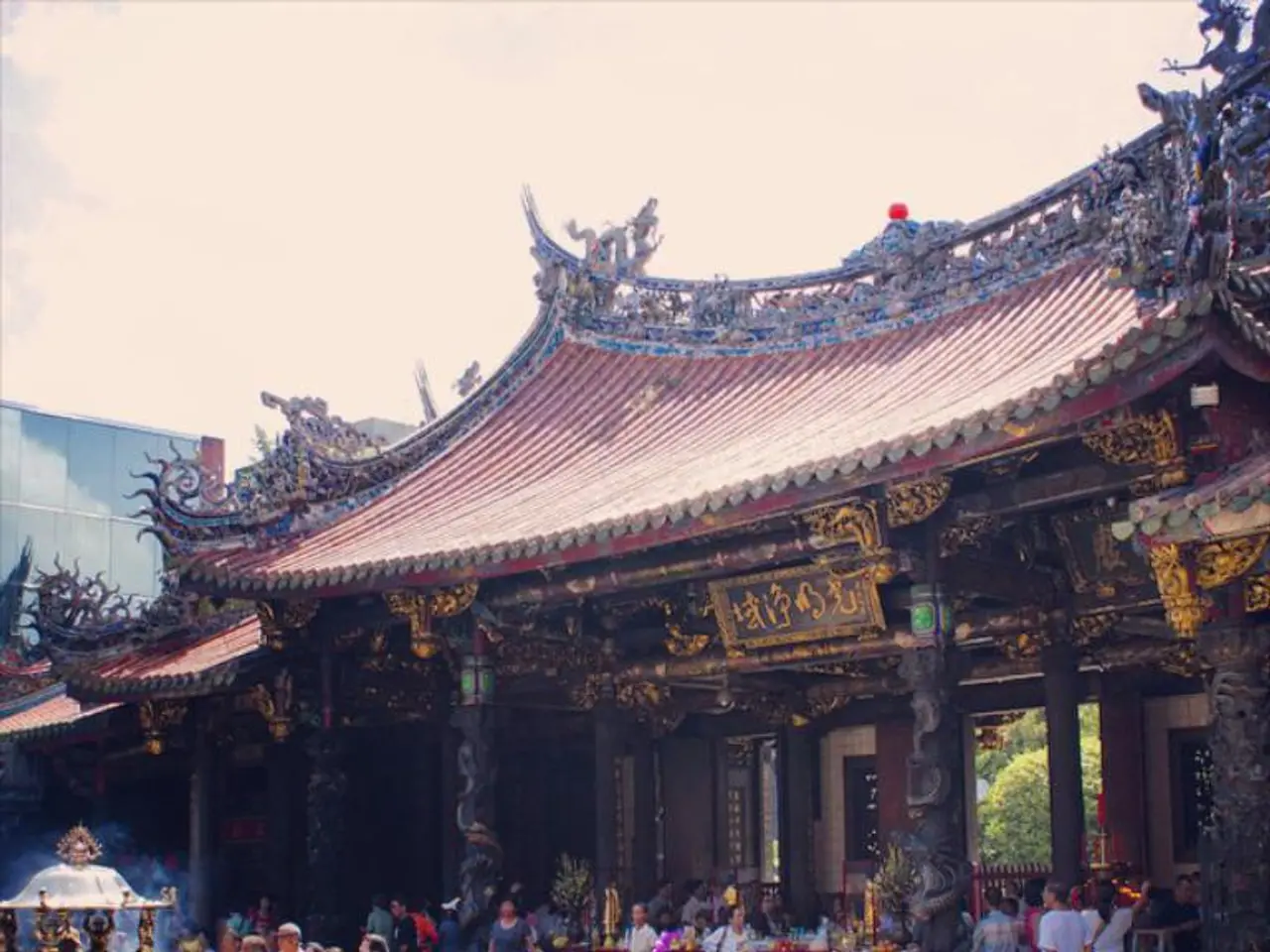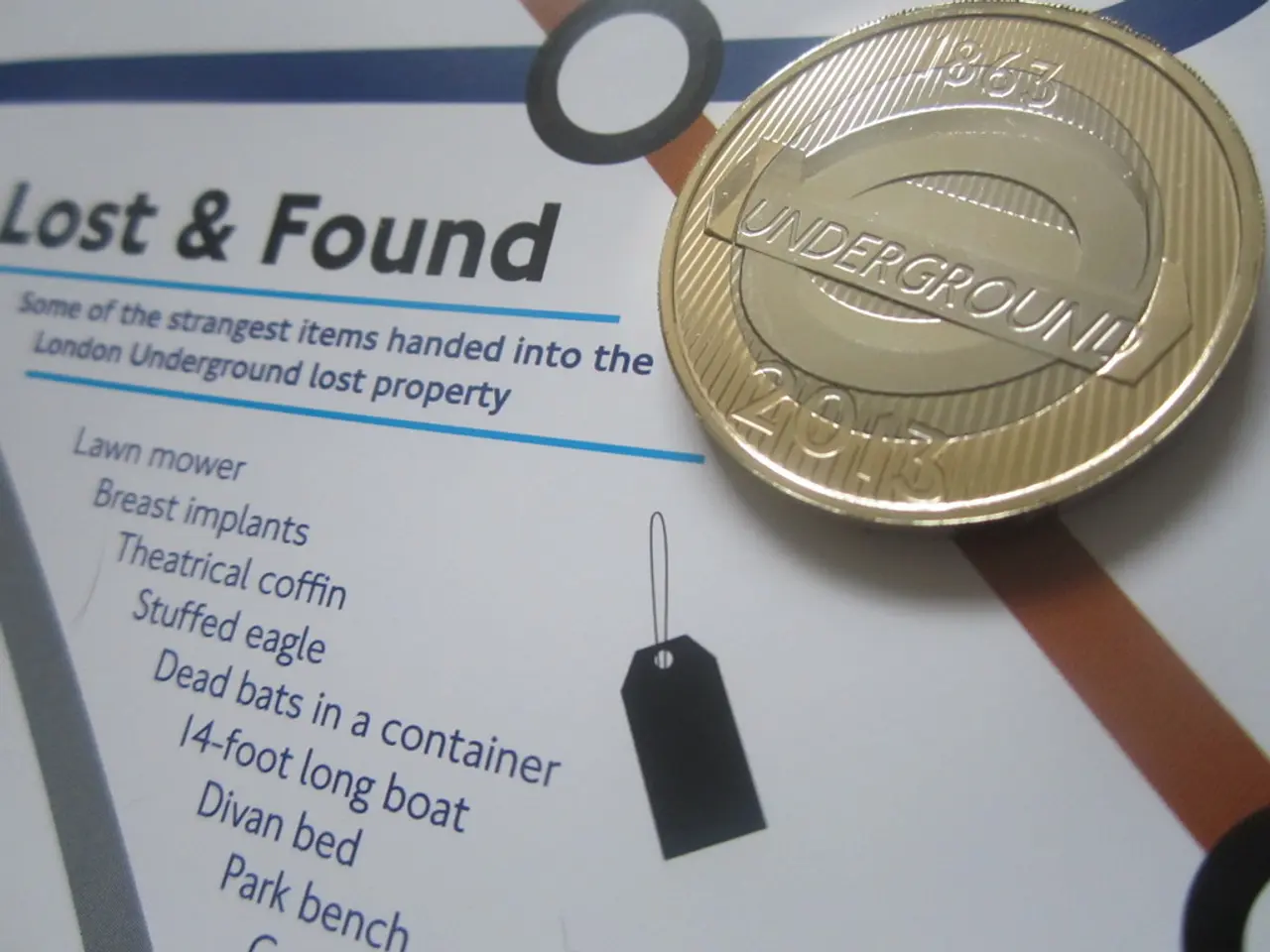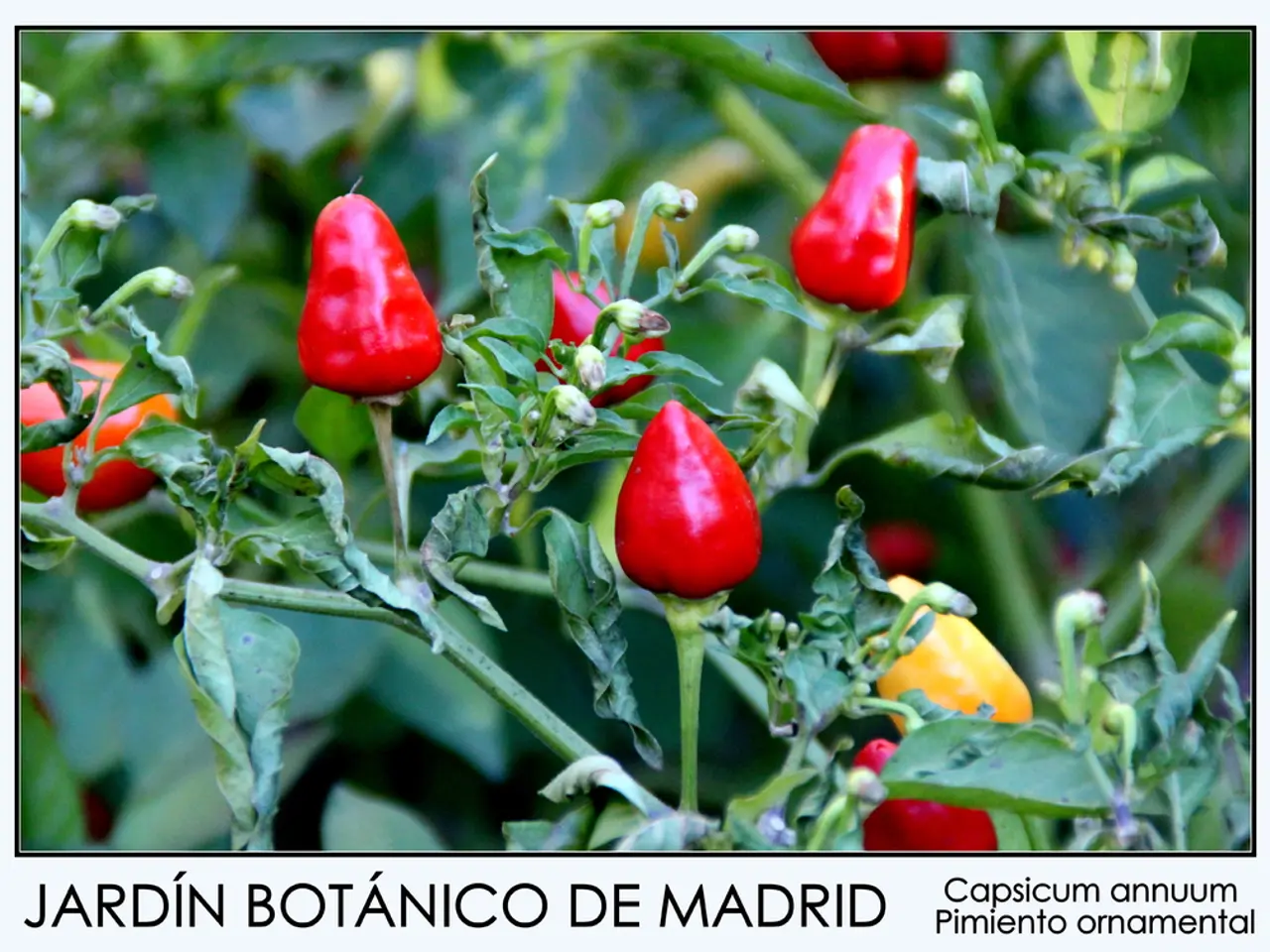Toyota's Surprising Diversification into Yakitori Grill Production
Toyota's Kaizen Approach Revolutionizes Yakitori Production
Toyota Motor East Japan (TMEJ) has demonstrated the versatility of its continuous improvement philosophy, known as kaizen, by significantly enhancing the productivity of a yakitori production line in Akita Prefecture.
The story begins in 2011, when Akio Toyoda, President of Toyota, visited the disaster-struck Tohoku region following the Great East Japan Earthquake. Determined to help the region recover, TMEJ was born, leading to its eventual involvement in the yakitori industry.
Yoshinari Kudou, Project General Manager at TMEJ, emphasized the importance of gaining acceptance from employees before suggesting improvements. This approach was evident in TMEJ's collaboration with Akitahinaiya, a local yakitori producer. Yukimi Mutou, Representative Director of Akitahinaiya, sought a third party to review their practices and suggest new approaches.
The problems were addressed using the 5S's method, a pillar of Toyota's kaizen efforts. Starting with the storeroom, TMEJ's team showed their ability to solve problems by getting their hands dirty. The storeroom lacked a logical layout, with items used only during the December busy period given priority.
By sorting and arranging materials logically, the time staff spent searching for materials was drastically reduced, smoothing workflow. Introducing systematic observation and timing of the yakitori production process revealed inefficiencies previously unnoticed.
These efforts led to a 93% reduction in the time taken to make negima yakitori, showcasing an extraordinary improvement in efficiency that parallels lean manufacturing gains traditionally seen only in the automotive sector.
The kaizen team gained trust by helping on the ground rather than imposing changes, essential for successful change management in a non-automotive setting. This case exemplifies how Toyota’s kaizen pillars—especially the 5S system—are transferable beyond car production to food manufacturing and other industries.
The success at Akitahinaiya reflects Toyota's broader philosophy of respect for people and collaboration. In 2013, TMEJ launched an initiative for companies from different industries to learn about Toyota's kaizen efforts and gain insights for themselves.
Many of the key points from these improvements can be useful in various workplaces beyond manufacturing. The power of kaizen was demonstrated in the improvements made to negima yakitori production, showcasing Toyota's ability to apply its core principles of continuous, incremental improvement, employee involvement, and workplace organization to a diverse range of industries.
[[1] Source: Toyota Global Website] [[5] Source: Toyota Global Website]
- The efficiencies gained in negima yakitori production through Toyota's Kaizen approach demonstrate the transferability of their continuous improvement principles to industries beyond automotive manufacturing.
- The success of Toyota's Kaizen at Akitahinaiya, a local yakitori producer, underscores the potential for leveraging these principles in the finance, technology, and transportation industries, among others.
- The collaboration between Toyota Motor East Japan and Akitahinaiya in the yakitori industry serves as a prime example of how principles such as respect for people, collaboration, and continuous improvement can revolutionize productivity in various sectors of the industry.




